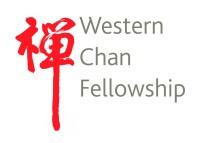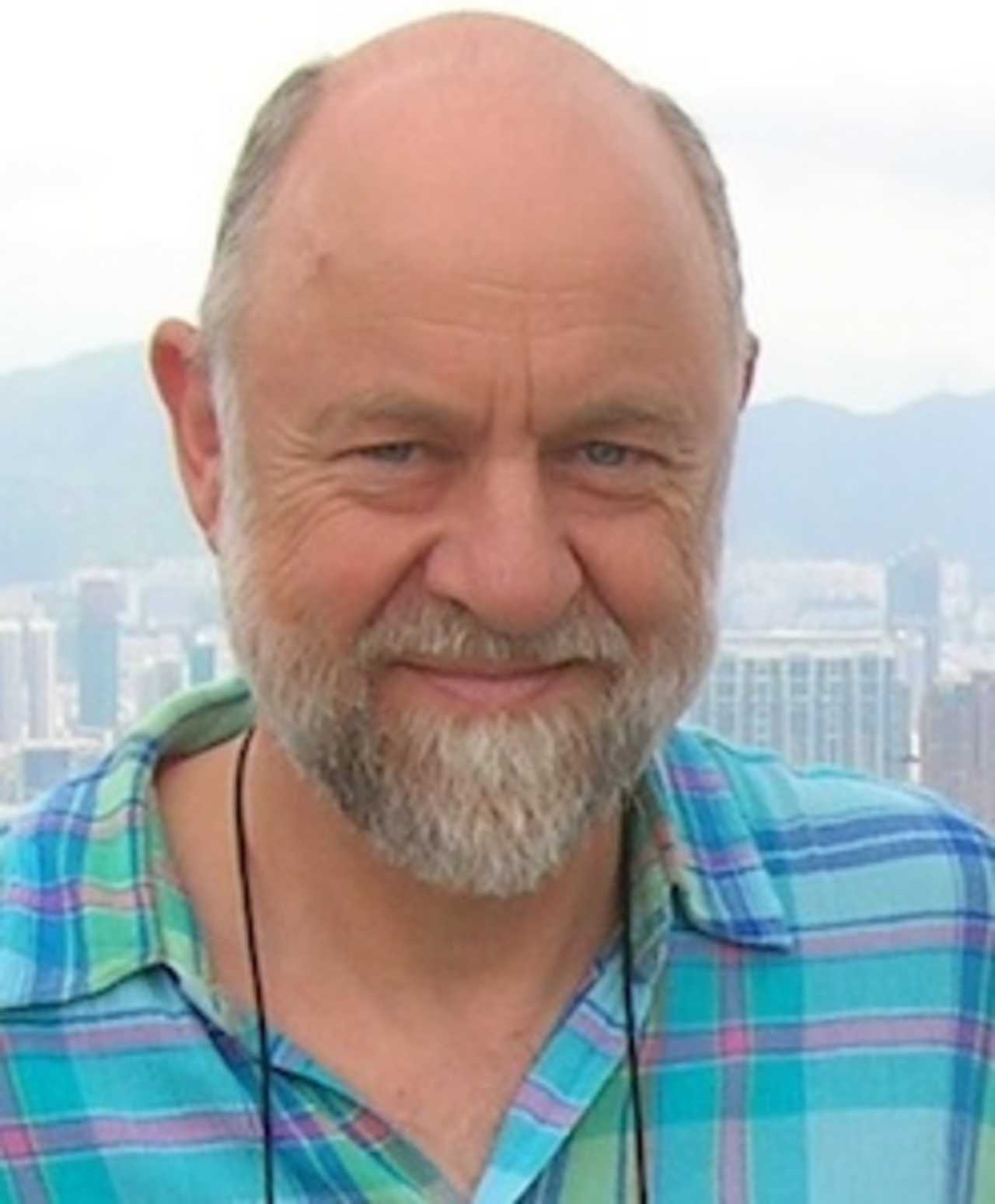Is This Life, Or Is This Death?
A koan is a teaching tool to challenge you to solve the insoluble. It is a most ingenious Chinese invention in the history of Zen education. It is not entirely silly. You can solve the insoluble, but you do not get a ‘solution’ that is transferable to other people as a gobbet of knowledge. And you do not get an ‘answer’ that is in the form predicted by the question. What you get instead is a series of insights about the assumptions built into your thinking, your language and your perceptions. And you somehow mysteriously come to a sense of satisfaction with the meaning even though you have no ‘answer.’
As an example, take koan number 55 from The Blue Cliff Record:
One day Dogo, accompanied by his disciple Zengen, went to visit a family in which a funeral was to take place, in order to express sympathy. Zengen touched the coffin and said, “Tell me please, is this life or is this death?”
Dogo said, “I would not tell you whether it is life or it is death.”
Zengen said, “Why don’t you tell me?”
Dogo said, “No, I would not tell you.”
On their way home Zengen said, “Please be kind enough to tell me. If not I’ll hit you.”
Dogo said, “Strike me if you like, but I would not tell you.”
Zengen struck Dogo.
Blue Cliff Record Case #55
Your task, on a koan retreat, or in your practice at home, is to meditate upon the koan. I am attracted to the burning question, “Is this life or is this death?” Can I resolve the disciple Zengen’s anxiety? You carry the koan around with you in your mind in daily life and apply it like a measuring instrument to all that you encounter: chicken tikka – “Is this life or is this death?” Dead leaves, fading flowers, flourishing mosquitos – “Is this life or is this death?” In the end you have to make your own peace with the conundrum, in your own way.
The question that I choose as my focus is about life and death; all life and death, not a specific corpse; and it challenges me to investigate the life and death in me. I start by feeling the life in my belly, as I breathe, in my meditation. I feel it, or, at least, I am conscious of it. Is it inside me or outside? Is it generated by my biology, or by the environment that makes the food, the air, water and sunlight? Impossible to tell. Is there a “life force,” and is it inner, or universal? Impossible to tell. It is life; or it is some inspiration in the universe that keeps life going and is beginningless and endless. My life is short, I know, so why does “life” feel beginningless and endless? I have a striking insight: it is not personal. It is not “my” life. It is greater than me, and indifferent to me, in a benignly neglectful way. In that sense “my life” is empty. The “myness” of it is an illusion; my sense of being in charge of it is empty flimflam, a fantasy of self reassurance. There is life, and I am hitching a ride on it for a short while.
‘What is my “Original Face” from the time before my father and mother were born?’ (that is another koan) – and, I add, as I think about it, ‘What is my Original Face after my grandson will be dead?’ It is a universal life, the possession of no one. To name it would suggest that it is a great thing, and that it could be worshipped, but that would be inappropriate. It is not an it. It does not give a damn for me, and it is wonderful. What is it?
No doer of the deeds is found;
No one who ever reaps their fruits.
Empty phenomena roll on,
This only is the correct view.
No god or Brahma can be called
The maker of this wheel of life.
Empty phenomena roll on
Dependent on conditions all.
Buddhagosa, 5th century
My death would not be a personal thing either, I reflected. There is a great impersonal living process going on, irrespective of anyone’s opinions or desires, and we are all grist to the mill. The universe churns out life, all of which ages, decays, transforms, dies and is recycled. Like my life, my death is also “empty” of myness. It is quite unconcerned with notions of deserving, justice or care. “Death is just the end of the assumption that there is someone who owns Life” (Unmani Liza Hyde). “Empty phenomena roll on.”
The life and death of each moment
On retreat in Normandy I had another insight, feeling for the first time the full force of the phrase, “The life and death of each moment.” It began when I tried to recreate in my mind the pleasure of being hailed by Mathilde, daughter of my friends. She appeared in a garden, to my surprise, and called out, running towards me. I was delighted to see her again. Can one keep hold of a special moment like that? Can we recreate it? Can we sustain its life in nostalgia’s aspic? No. It lives gloriously, and then it is gone. You cannot preserve it anymore than you can keep a dewdrop fresh in the fridge.
A second insight came quickly: if one is living vividly in the present moment the potential for experiences of great joy and fullness is all over the place, all the time. As Thich Nhat Hanh writes, “M’installant dans le moment présent, je sais que c’est un moment merveilleux.”
Mathilde may be especially wonderful, but, in fact, watching any old bee nosing in any old flower is beautiful, as generous a gift as the universe has to offer, and available at this time of year all over the place. When one is completely clear in Ordinary Mind and focused on the present marvellous moment, all moments are vivid bliss. But time moves on. You can’t hold any of them. They die, all of them. You have to move on to the birth of the next.
What an incredible waste of life it is that we miss so many of these gorgeous, vivid experiences all around us all the time! They are born in their fullness and then fade as our attention shifts to the next.
What do I mean by “born”? The same flowers are here in the garden today as were here yesterday, a little older, but to a quick glance, the same. The trees are the same. Some things have relatively stable continuity over time, relatively much longer than flowers or even trees, – so how is glancing at them the “birth” of them? Do I give birth to Rouen cathedral by looking at it?
Yes. It is the noticing. Instants are born in one’s consciousness. There is no continuity in the mind’s vivid perceptions, in full attentiveness. It is in constant motion. It flows without stopping. It is time. The noticing is not a copy of yesterday’s noticing of the same flower, the same tree, the same cathedral, and cannot be so. The perceptions flare and die, flare and die, flare and die, moment by moment, each one the distillation of the whole universe, and all its life, in this second. This second is the only bit of time that is alive, and it is already dying.
The great mystic William Blake puts it like this:
To see a World in a Grain of Sand
And a Heaven in a Wild Flower,
Hold Infinity in the palm of your hand
And Eternity in an hour.
The continuities are reassuring constructs in the background. They are a notional framework, but they are not where we live. We live and die each moment, in our beady looking, riveted on a close-up; or listening, note by delicious note. Tasting. Touching. That is how we are alive in the present. We live where our attention is fully focused. “Eternity” and “Infinity” are concentrated there. The relationship is best expressed by Blake again: “Eternity is in love with the productions of time.”
The Heart Sutra
In the following morning’s service we chanted The Heart Sutra. I was struck by how lines of text are like our journey through time. They remain the same through a thousand years as ink printed on paper, but when your eye travels along the lines, and you voice them, your mind flares with the imagined fullness of a word or phrase. It leaps into an idea and its implications and then attention smoothly moves on, echoing or resonating with the idea and adding to it the next one. The silent symbols spring into life and speak their meanings.
You lose attention for a bit, distracted, or recalling an earlier phrase, and miss half a sentence, which lies there dead, as you pass by without bringing it to life. According to how focused you are in the moments of your reading, the words leap into life briefly and then fade and die as you move through the space-time continuum of the text.
There is a physical landscape of short-lived or long-lived stable things, a mix of continuities, through which one moves, carried by time: flowers, trees, cathedrals, and the culture of historic texts. But one actually lives in the mind’s constantly-roving attentiveness, which has no continuity, not even the appearance of permanance. Living moments flare in one’s perceptions, fade and die, flaring and dying. “Is this life or is this death?”
I would not tell you.
I would not tell you, but my answer to myself is this. It is. Life and death. Each of them separately. Both of them together. Neither of them. It’s impossible to tell them apart. The words are nonsense. But I am content.
You do not get a ‘solution’ that is transferable to other people as a gobbet of knowledge. And you do not get an ‘answer’ that is in the form predicted by the question. What you get instead is a series of insights about the assumptions built into your thinking, your language and your perceptions. And you somehow mysteriously come to a sense of satisfaction with the meaning even though you have no ‘answer.’
- Publication date:
- Modified date:
- Categories: 2018 Other Articles George Marsh
-
 Western Chan Fellowship CIO
Western Chan Fellowship CIO - Link to this page
Back

©Western Chan Fellowship CIO 2006-2025. May not be quoted for commercial purposes. Anyone wishing to quote for non-commercial purposes may seek permission from the WCF Secretary.
The articles on this website have been submitted by various authors. The views expressed do not necessarily represent the views of the Western Chan Fellowship.
Permalink: https://w-c-f.org/Q311-642
